WatchTime and Citizen Watch Co. recently co-hosted a virtual event in which professional divers Mike Coots, Brent Durand, and Yovan Sanchez engaged in a wide-ranging discussion with WatchTime Editor-in-Chief Roger Ruegger. Read on for more on the panelists, highlights from the conversation, and to discover Citizen’s new Aqualand Diver collection.

Mike Coots is a surfer, photographer, and shark attack survivor who performs his aquatic activities with a prosthetic leg. An advocate for sharks and marine conversation, Mike has been featured on CBS News, Discovery, National Geographic Magazine, the BBC, and numerous other media outlets and has written for CNN.com and the Huffington Post.
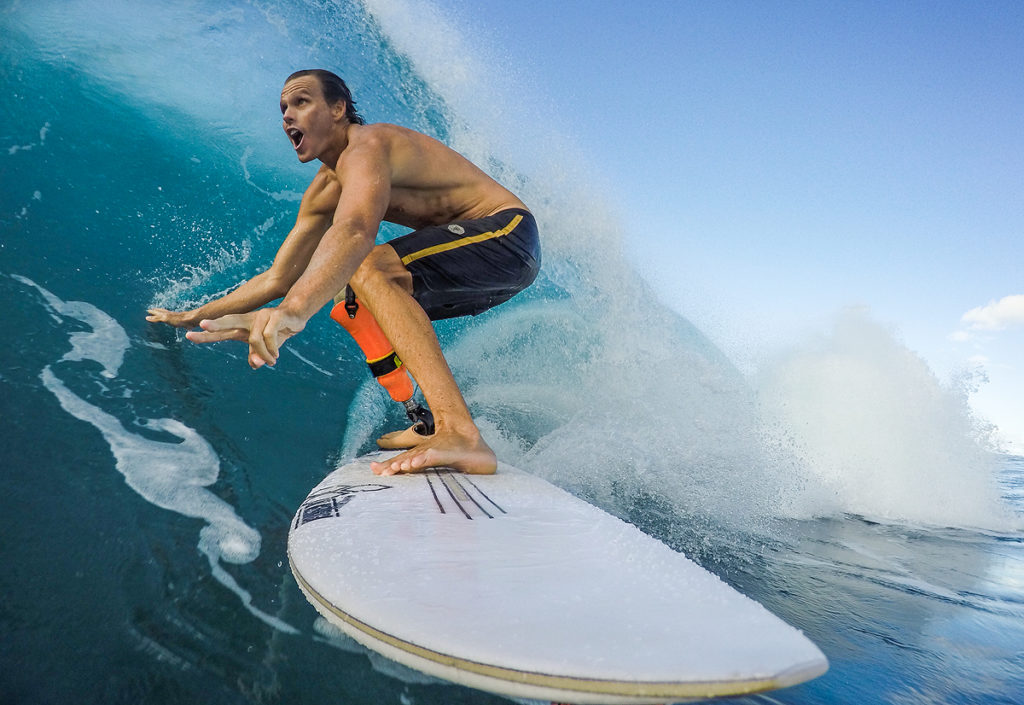
Brent Durand is a California-based scuba diver, surfer, writer, photographer and marketer. A diver for almost 25 years, Brent produces, directs, and hosts a range of video content for clients and occasionally writes for scuba publications. His clients include top scuba brands, dive resorts, tourism boards, and underwater camera equipment manufacturers, and he has led underwater photo workshops around the world.
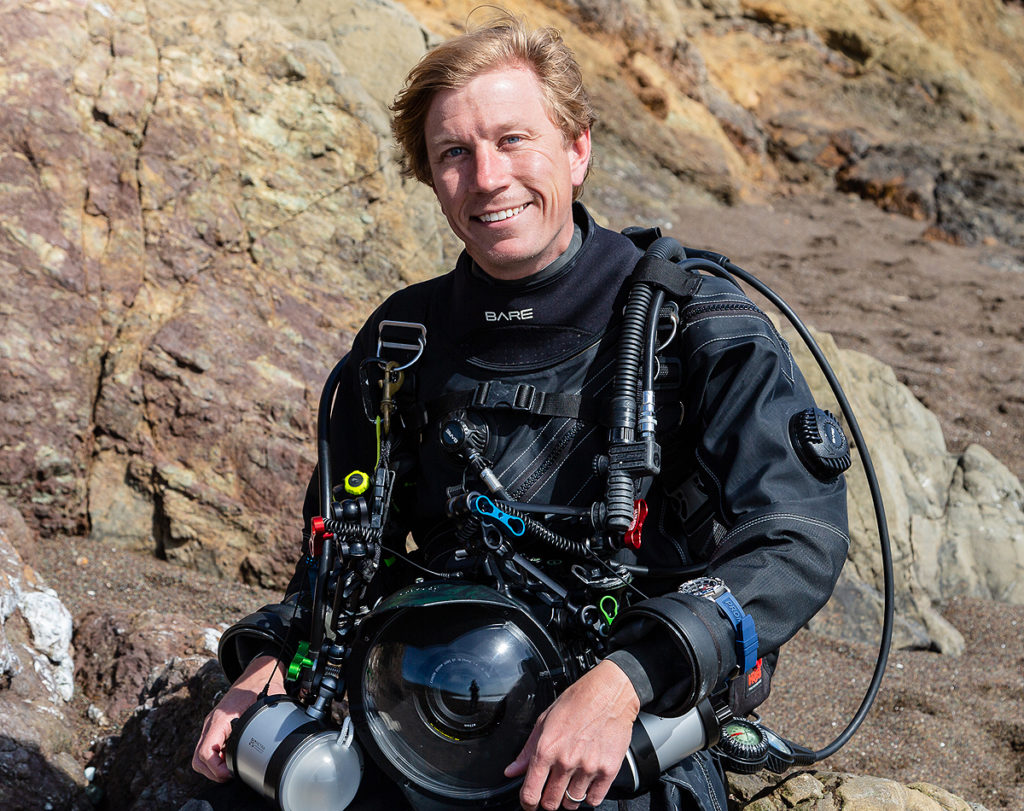
Yovan Sanchez is a member of the elite dive team of Lifeline Tactical Rescue Tools, which manufactures high-performance rescue devices for military and underwater applications. He is an experienced free diver and a seasoned fire rescue professional.
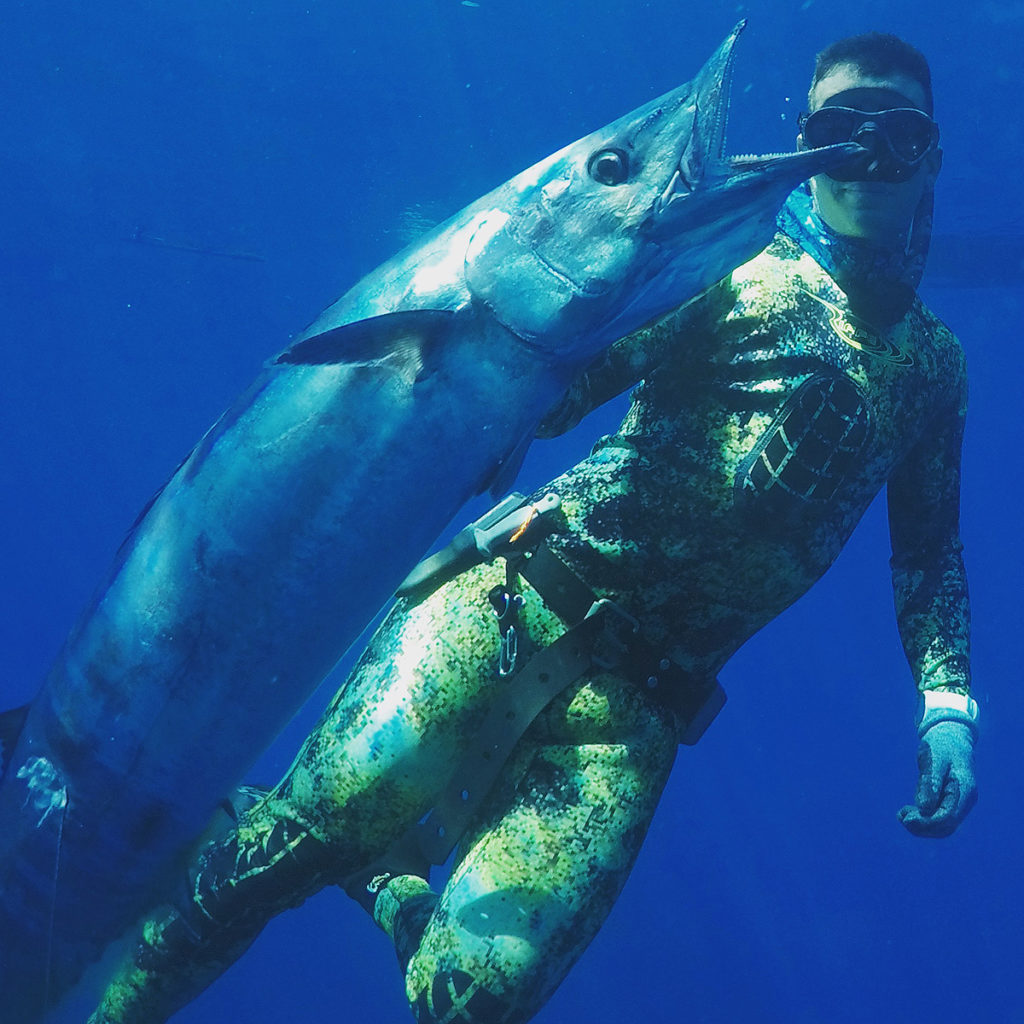
RR: Can each of you tell us a little bit about how you started diving, why you started, and talk and about your passion for the underwater world?
MC: I grew up on the Island of Kauai, the westernmost Island in the state of Hawaii, and from a young age, I loved the water. I think it was from my grandmother pushing me into a wave for the first time at three years old that I fell in love with surfing. I might have been four or five years old, when I put a mask on and looked underwater and saw the coral reef fish, when I knew I wanted to spend a lot of time underwater diving. There was something about the ocean and something about being around it that captured my interest since as long as I can remember.
BD: I also grew up near the ocean. I surfed and got certified to scuba dive with my family when I was young and ended up doing a lot more surfing than scuba diving or free diving for a number of years. Then I started night diving after work, the only time I could fit it in, and shooting photos — seascapes and landscapes all around the ocean. One day I decided, “I love both of these things, scuba diving and photography, so why pack the camera away on land? Let’s start taking the camera in the ocean and in the water,” and the rest is history.
YS: I started swimming, snorkeling and spear fishing with my father at a young age. I also started studying books by Jacques Cousteau and became obsessed with marine biology. Everything I did revolved around the ocean. I got certified as a PADI open water diver in high school and eventually got involved with the dive rescue team of my fire department. As a marine firefighter I also started teaching about navigation and hard haul boat maneuvering. Now even on my days off with my family, I spend every minute I can on the ocean.

RR: Other than your watch, what is the most essential piece of equipment when carry with you when you go diving?
BD: Based on basic function, it’s a dive mask; If you don’t have that, you can’t see. Beyond that it depends if you’re free diving or scuba diving whether you’d need a tank, a regulator, or anything like that. Behind the mask, the second most important piece is a watch, or something else to tell time, is crucial. Even before the new dive computers that calculate all the algorithms and decompression for you, we used to dive very fixed tables that the Navy helped create that we’d use to calculate depth and time. And if your dive computer stops working or malfunctions, you can still dive off of those tables just by using the watch to manage your time.
YS: With rescue diving, the biggest fear is entanglement. When there’s a capsized vessel with victims under it, the main hazards are fishing lines, dock lines, cast nets, and other entanglement hazards hanging from that vessel, because it’s upside down and floating in the water. Those lines are wrapping around everything, and when I’m searching for those victims the key item I’m always carrying is a knife. The tool I’ve been using lately is the Lifeline JAWZ safety tool, which has really been working well. It has a cutting edge on one side, to catch whatever’s wrapping me up, and a line cutter on the other side. Having a good cutting tool is also especially important during spearfishing, when you have a line that’s attached to a fish that’s swimming erratically around you, and it’s wrapping itself around your fins.
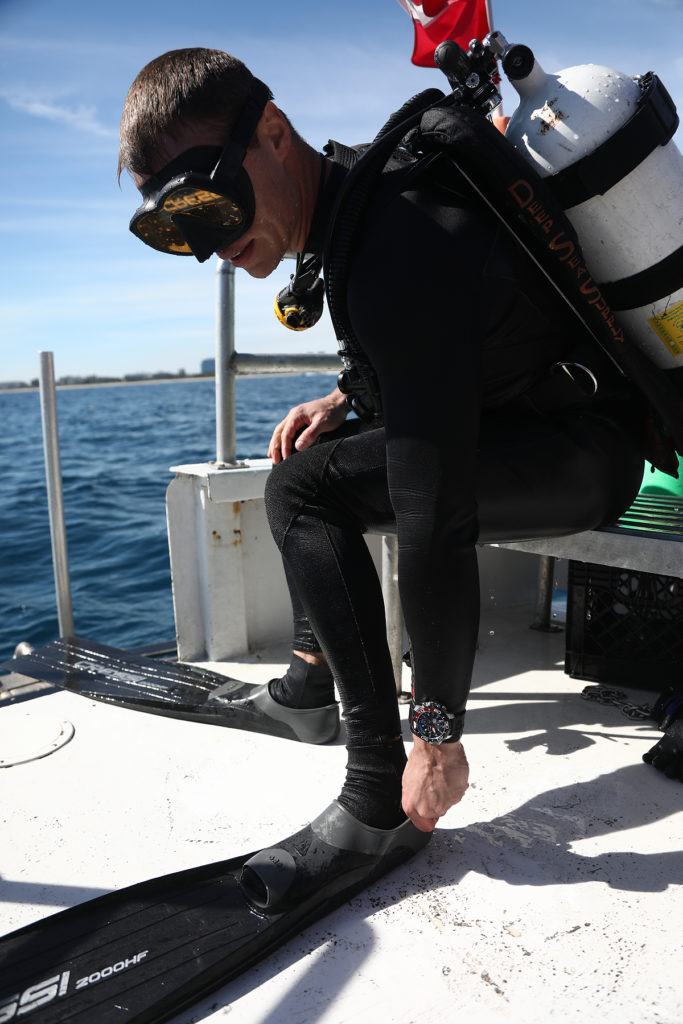
MC: I’d have to agree with Yovan that a knife that can cut lines and cut rope is really important, especially after an experience I had once fishing on a reef, where I basically nearly hanged myself underwater while trying to pull up the anchor of my jet ski from the ocean floor. After that, I told myself that anytime I’m near any types of lines in the ocean, I’m going to have a knife within arm’s reach that can cut those lines without fail.
Ahead of the virtual roundtable, Citizen launched the Promaster Eco-Drive Aqualand 200M, a large, multifunctional divers’ watch in a 50.4-mm steel case, equipped with a built-in depth gauge with electronic sensor, a rare and very useful function that made its debut on the original Citizen Aqualand watch from 1985. Also featuring a chronograph and a 24-hour indicator among its array of functions, the Aqualand is powered by a Citizen Eco-Drive movement, powered by light. (You can read more about the new release here.) The panelists shared their own experiences with wearing watches underwater, particularly Citizen dive watches.
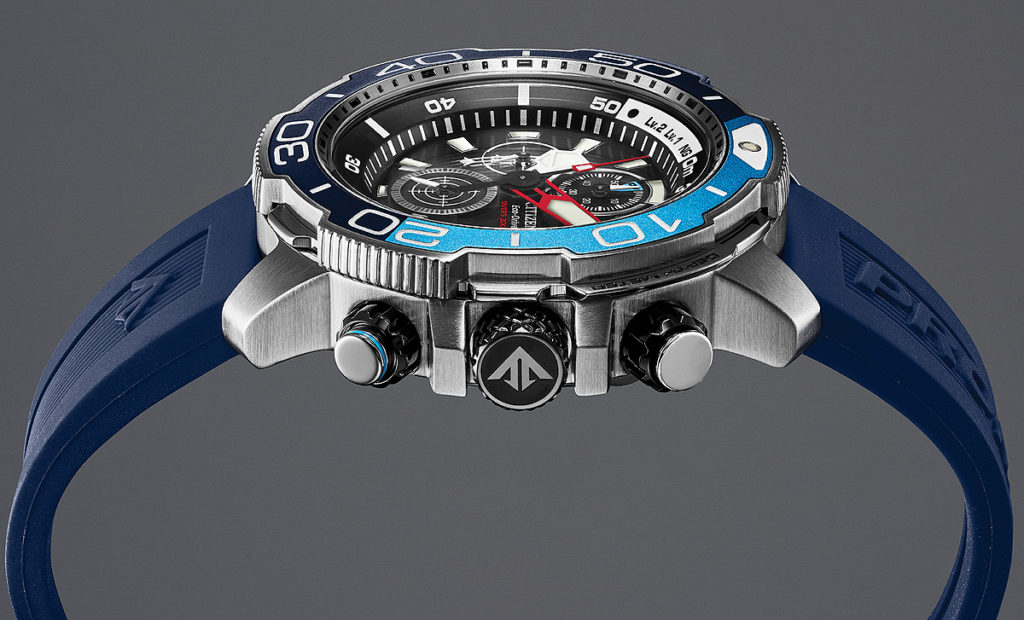
RR: As we are in the wake of Citizen’s launch of its newest Aqualand dive watch, what does the concept of time mean for each of you when you are underwater?
BD: With shore diving here in Northern California, everything is very condition-dependent. So with regards to time, I’m looking at the swell forecast for the wind way in advance, a week out from when I want to go diving, and start planning for that. Then I look at things like the tides, which have a big influence on different dive sites. So for me, the use of time starts when I’m planning the dive and goes all the way through executing it. if I estimate how many kicks I need out in a certain direction, for example, I can estimate the time back to that point, and I can use compass headings to avoid too many long surface swims or being too far out in the water. All the fundamentals of planning a dive really depend on time.
MC: In a way, it’s a funny thing because when you go underwater, you sort of want to forget about time. It’s a time warp, in a way. You don’t want to be in a certain place at a certain time, you’re just kind of in the moment. On the other hand, it’s imperative that you know how long you’ve been under water, because your life depend and safety depend on it. You need to have something that accurately tells you how long you’ve been underwater, and you need to know that it’s working.
YS: In my line of work, when someone is either missing under water, that’s when seconds really count. We’re always trying to make the most of those minutes that we have underwater; time management is huge when we’re looking for victims. Also, you need to know those dive tables, and what your own time limitations are, so that you don’t become a victim yourself.

RR: Have you worn Citizen watches on any of your dives, and if so, which ones?
YS: I got certified in 1997 as a scuba diver, and around 1999, I bought my first Citizen watch. I dove with this watch and went on several rescue missions with it for about 10 years straight before I moved on to my second Citizen watch, which had a depth gauge on it. In the event that I didn’t have one on my regulator, or it failed during an emergency call, I knew that I always had that depth gauge ready at a glance on my Citizen watch. I also liked the dependability of being able to keep time and monitor my dives and not have to worry about charging the battery, knowing that it was charged by the sunlight. I wore that watch until all the numbers on the dive tables wore off. It’s pretty worn and beat-up now, but it will probably be with me forever because of the sentimental value. I have so many stories from this watch alone.
MC: I love my Citizen Aqualand watch. I really love that you don’t have to change the battery because it’s powered by light. Before a diving trip, I used to get my watch’s battery changed almost every time because your life depends on that watch.We had just one dive shop on the island that would do it, and with traffic it took half a day to go there and back. I didn’t trust opening up the watch and changing the battery myself, so with the Citizen Eco-Drive that’s one less thing to worry about when I’m packing for a dive trip.
BD: I’ve always been a fan of watches, so I wear my older Eco-Drive model in addition to the new Aqualand. One of the things I find really interesting is when I do photo workshops on dive boats, and without fail, I’ll be asked what time it is, or what time the next session or the next meeting is. If I don’t have a watch on me, I have to rely on my dive computer that’s attached to my gear and I’m often unable to answer those questions. I’ve found that always having the time on me, even in the world of cell phones, is really useful in hectic situations where you’re running and working with a lot of people. When it comes to equipment, redundancy is really important. So whether you’re diving with a buddy or you’re diving solo, having a backup way to tell depth and time is critical you might find yourself in a situation where a piece of gear will fail.
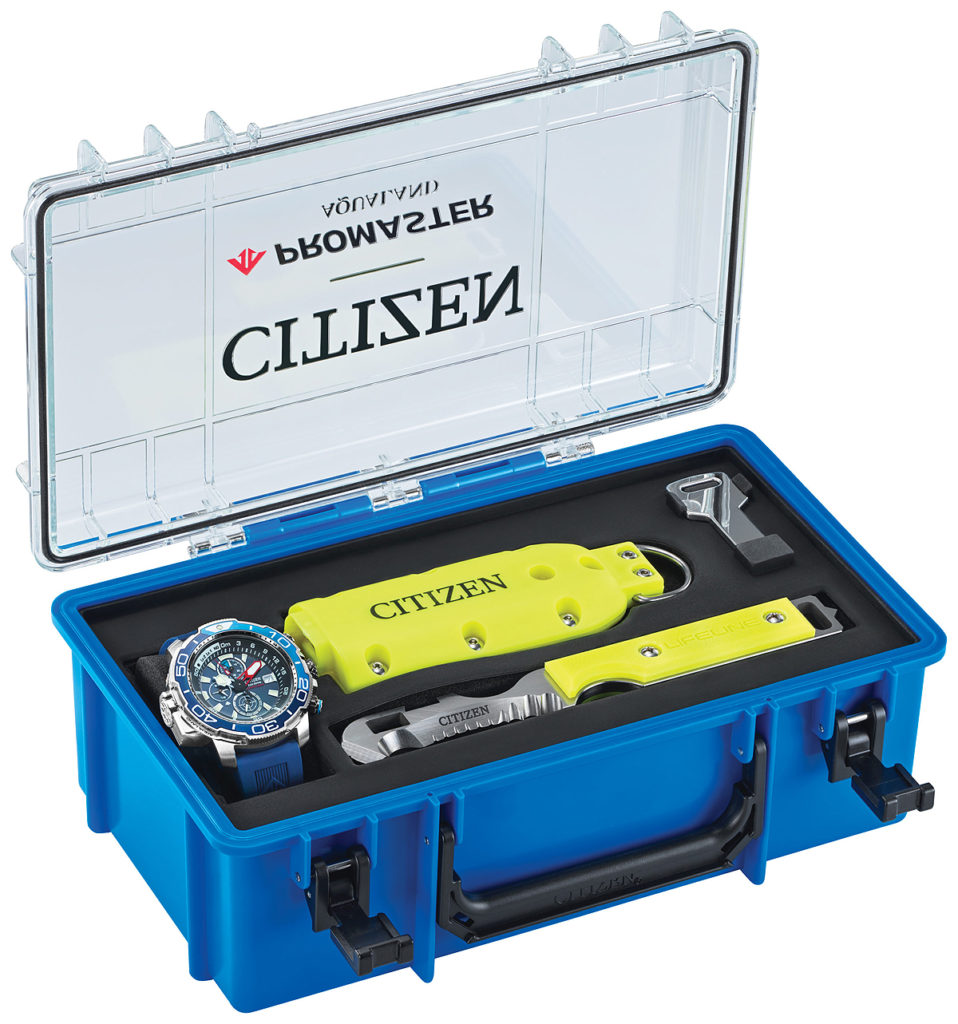
To learn more about the Citizen Promaster Aqualand models and to order online, click here.

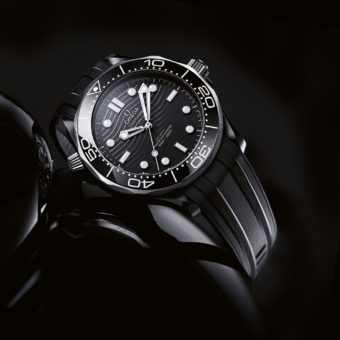
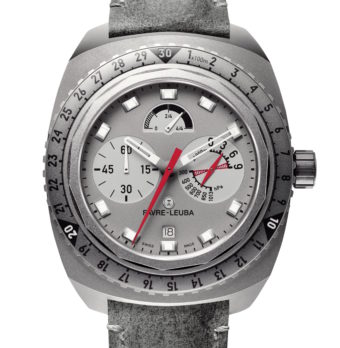
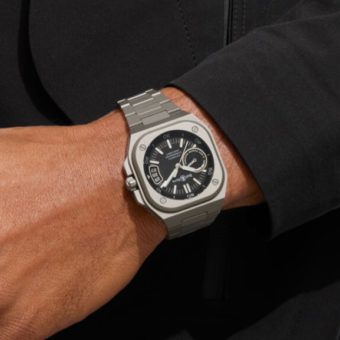
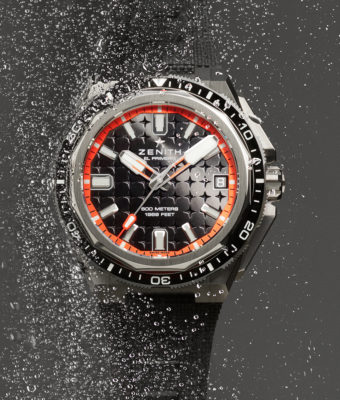
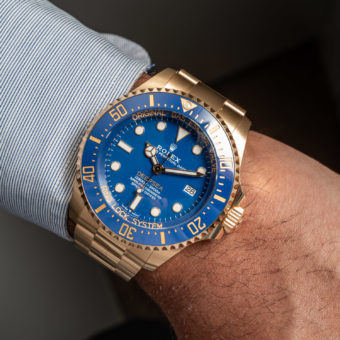
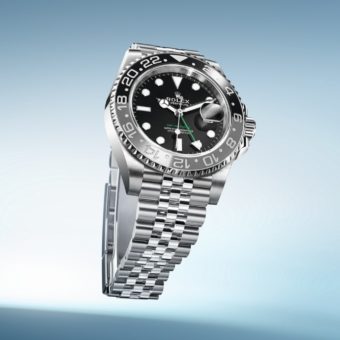
Oh scuba duds. I thought you said real divers
I still wear my Hyper Aqualand daily for the last year or so it’s been flashing “ERR” but I don’t think Citizens would even do anything with it. I’ve had it since 1997 at least if not 96. I’ve free dived with and SCUBA for many years. Max depth I’ve had it to was 197 ft. And altitude diving too. Was always the back up to dive gauges and computer. I’ve had to use it and dive table a few times many years ago when dive computer failed. I had it on all over the world and not let me down yet.
I still use my hyper squalene. I was able to send it to Citizen for maintenance.